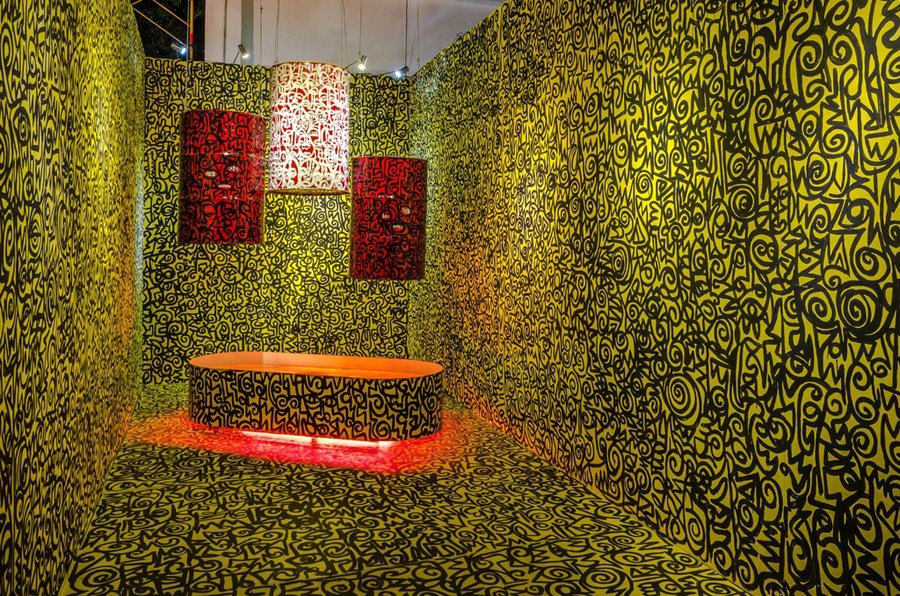Richard Misrach, American
Playground and Shell Refinery, Norco, Louisiana, 1998 (print 2012)
This is a photograph of the playground of a black elementary school which was burned down on the eve of the integration with the area’s white children in 1968. The photo was taken by Richard Misrach, who was commissioned for the High Museum’s Picturing the South series in 1998. The playground stands in stark contrast to the Shell refinery immediately behind it. This photograph embodies the dystopia scene of Cancer Alley in the United States. The ever-looming oil industry is hanging over the heads of the community and casting a shadow over even a playground. This emptiness of this photograph reminds me of the deaths and forced relocations due to the pollution and contamination that gave this part of the country its name. Label by Sam Dutilly




